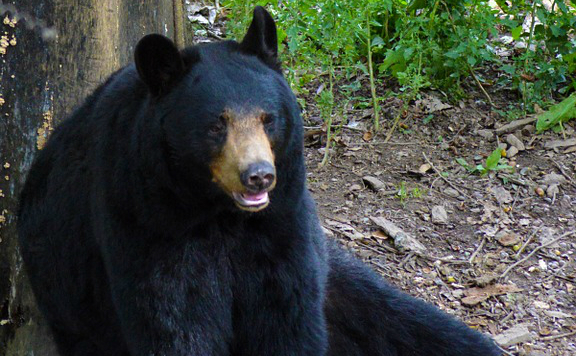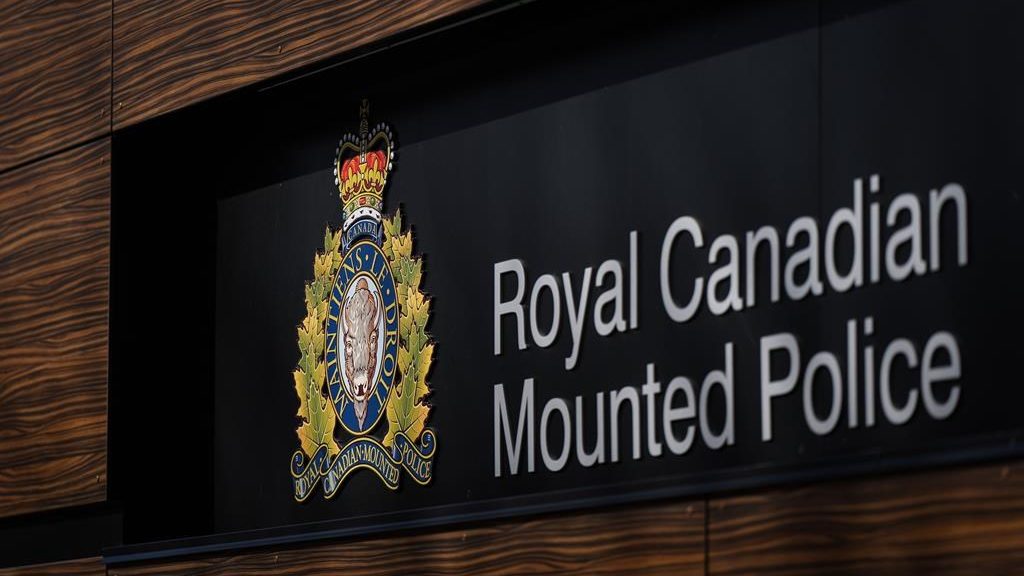Manitoba doesn’t have right to know about apprehended kids on reserves: chiefs
Posted Apr 20, 2014 11:00:03 AM.
This article is more than 5 years old.
WINNIPEG – Manitoba’s top aboriginal leaders say the province doesn’t have the right to know about or track children seized by child welfare agencies on reserves.
Creating a centralized system that tracks all children receiving protection services was a key recommendation from a recent inquiry into the death of Phoenix Sinclair, a five-year-old who fell through the cracks of the child welfare system and was murdered by her mother and mother’s boyfriend.
But Grand Chief Derek Nepinak, head of the Assembly of Manitoba Chiefs, said the provincial government is continuing the legacy of the residential school system by unilaterally taking charge of aboriginal children.
“It’s not information that communities want to share with the province,” he said. “We don’t want to see the province continue to take over these types of responsibilities that are ultimately rightfully parental responsibilities in the communities.”
More than 80 per cent of the Manitoba children in care are aboriginal. The relationship between aboriginals and the child welfare system in Canada has been fractious since the establishment of the residential school system, where native children were forcibly taken to “take the Indian out of the child.”
That continued with the “Sixties Scoop,” when thousands of aboriginal children were taken from their homes by child welfare services and placed with non-aboriginal families from the 1960s through the 1980s.
“Other people think they can take better care of our children, whether it be providing a residential school education or, in today’s context, providing a home that’s not indigenous,” Nepinak said.
“The premise is inherently racist … It’s unfair to treat indigenous people at a different standard and it’s unfair to go after information that is not rightfully with the provincial government.”
There are numerous aboriginal child welfare agencies working alongside non-aboriginal agencies in Manitoba. They were created when the province decentralized the system to give aboriginals greater control.
The system was put under a microscope following Phoenix’s 2005 death. The child was apprehended at birth and 27 agency workers were involved in her file during her life, but she was repeatedly returned to her mother, Samantha Kematch.
She ultimately died of extensive injuries on the basement floor of the couple’s home on the Fisher River reserve. She was buried in a shallow grave by the community dump and Kematch continued to collect child subsidy cheques for months before anyone noticed she was missing.
Commissioner Ted Hughes made 62 recommendations, including a centralized computer system that tracks “all children receiving protection services.
“All agencies must be required to use whatever information system is adopted,” Hughes wrote. “Families are mobile and unless all agencies are using the same information system, there may be gaps in information that can leave children vulnerable.”
Family Services Minister Kerri Irvin-Ross said that recommendation is not negotiable. One of the reasons Phoenix fell through the cracks was that she wasn’t in the child welfare database, she said.
“We didn’t know where she was,” said Irvin-Ross. “We know that if we have knowledge about where the families are, where the children are that are at risk, we have a greater chance of providing them with that support that they need to make sure that they are in safe living conditions.
“I think it’s central to making sure that we are protecting children and providing support to families.”
The province has implemented half of Hughes’s recommendations and is committed to working with native leaders to put the rest into action, Irvin-Ross said.
But Grand Chief Terrance Nelson, head of the Southern Chiefs’ Organization, said very few are interested in being “brown faces in a white system.” The government has created a multimillion-dollar industry out of apprehending aboriginal children from their communities, he said.
Native leaders need to take a stronger stand, he added.
“Children should not come off the reserves,” Nelson said. “If I took your children away from you, you would be screaming mad. We should be doing the same thing. The chiefs and the people should have guns at the reservation border saying ‘You’re not taking our children.’ That’s how serious this situation is.”










